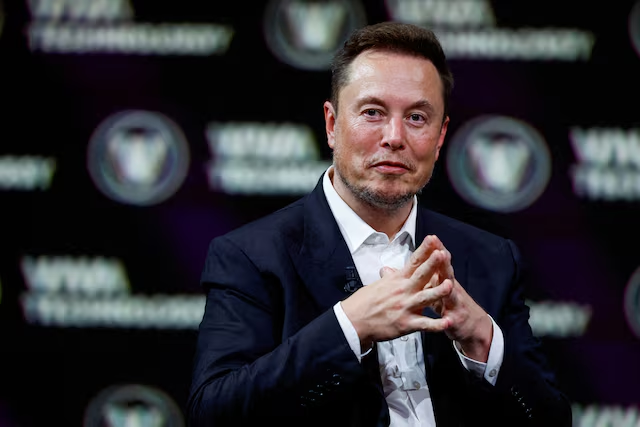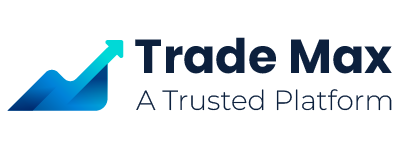Elon Musk says he is “pathologically optimistic,” a generous description of his routinely erroneous outlooks. Tesla’s (TSLA.O), boss has promised everything from armadas of autonomous taxis to rapidly overtaking Toyota Motor’s (7203.T), production levels. More prosaically, he has been too sunny about the timeline to produce cheap, long-range or bigger electric cars. Now he says, humanoid robots could make the company worth as much as a quarter of today’s global GDP. The math is vexing.
Fortunately for Musk, investors grade him on a curve. Tesla trades at 76 times expected earnings for the next 12 months, according to Visible Alpha, compared to Ford Motor’s (F.N), 6 times. Clearly, the calculus is that he runs more than just a carmaker.
His latest formula, however, is a real head-scratcher. Musk predicted last week that an eventual 10 billion people on Earth will want at least one robot each, with 1 billion built a year, and that Tesla’s Optimus will take 10% of the market. Charging $20,000 would mean $10,000 of profit apiece, or so his theorem goes, resulting in $1 trillion annually.
The margin would be chunky for such a commoditized product. Musk did at least scale back his valuation ambition to 20 times, but it still equates to $20 trillion of market value from robots, before adding another $5 trillion guesstimate for self-driving cabs. Tesla’s bottom line from robots alone would equate to 1% of the world’s roughly $100 trillion of economic output last year, according to the International Monetary Fund; oil titan Saudi Aramco’s profit is on track to account for just 0.1% this year.
Musk’s multiplication exercise led to subtraction. Tesla lost 2% of its market value the day after his presentation at the annual meeting. It follows a pattern, with the stock either sliding or barely budging whenever he updates the market on Optimus.

Simpler concepts are easier to understand. When Musk recently recommitted to delivering an affordable car, Tesla’s shares jumped 12%. The company’s initial, meteoric rise also coincided with increases in production and profit margins.
The problem is that his computations are getting wilder. Musk’s prognostication that half of U.S. vehicles sold would be electric by 2027 is apt to badly miss the mark. His 1,000-kilometer range goal for Tesla’s Model S was off by a factor of two. The robot forecasts, if pegged to 2030 and discounted back at a rate of 10%, imply a stock price of $4,425; it trades at less than $200.
These miscalculations may sound academic, but Musk’s ever-odder numbers depend on full self-driving soon, among other whimsical notions. Sometimes basic math will suffice.
Follow @JMAGuilford, on X
CONTEXT NEWS
Tesla Chief Executive Elon Musk said on June 13 that he agrees with ARK Invest research implying that the electric-car maker’s market capitalization could reach $5 trillion, adding that its humanoid robot Optimus could provide an even larger opportunity that imputes an additional $20 trillion to $25 trillion of value.
Musk made the comments during a presentation at Tesla’s annual shareholder meeting, where investors voted to ratify his 2018 incentive pay plan and to reincorporate the Delaware-based company in Texas.
Tesla shares fell 2.4% on June 14.
(This story has been corrected to add Musk’s run-rate forecast for the number of robots built in paragraph 3 and the global GDP figure to explain Breakingviews estimates for Tesla’s market value and profit in paragraph 4 )



